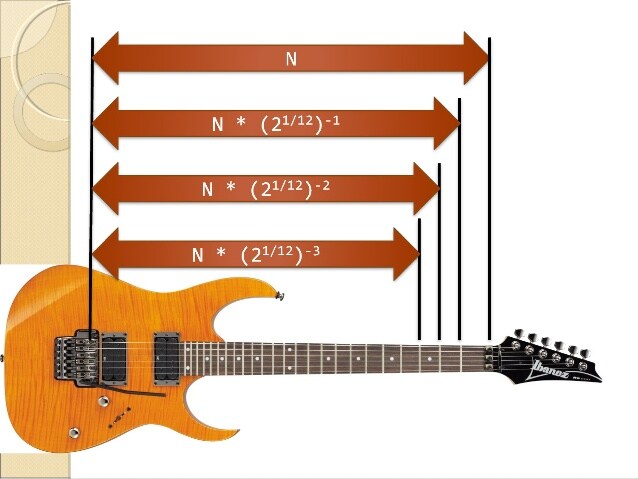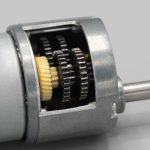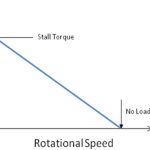When Electric Guitars first hit the music market way back in the early fifties, they weren’t easily accepted by the people. However, later electric guitars became an integral part of the music industry throughout the world. The following article describes this amazing music instrument, which unlike its conventional counter-part, works on the laws of electromagnetism.

Construction of Electric Guitars
An electric guitar works on the principle of electromagnetic induction. This means that an electric guitar has electromagnets in its system which generate magnetic fields. Apart from this, an electric guitar has an amplification system which amplifies the sound waves generated by the guitar’s string. It is this combination of electromagnetic induction and amplification system that makes an electric guitar run.
The main parts of an electric guitar are:
· Magnetic pickups
· Amplifier
· Metal Strings
· Electrical Circuit
Just like in a conventional guitar, an electric guitar also has 6 strings with tuning knobs and frets. However, unlike the hollow body and cavity of an acoustic guitar, a solid body usually forms the lower part of an electric guitar. The long neck of the electric guitar consists of magnetic pickups, parts which produce the magnetic field and which are located just below the metal strings. The magnetic pickups are connected to the amplifier with an internal electrical circuit. The long neck of an electric guitar also consists of knobs for adjusting the elasticity of metal strings.

Principle of Operation of the Electric Guitar
According to the laws of electromagnetism, whenever an iron coil is moved inside a magnetic field, an electric potential is generated in the iron coil. This arrangement is known as an electromagnet. An electric guitar uses the same principle for generating an electric signal using small electromagnets which is then rectified and amplified to reach an appropriate audible sound level.
As mentioned earlier, technically, magnetic pickups are small magnets with fine wire coils. These small magnets produce a magnetic field around them. When the metal strings of the guitar are strung by the user, a vibrating motion is generated inside this magnetic field which changes the magnetic flux of the field. According to the law of electromagnetism, this change in the magnetic flux produces an electric charge in the wire coil around the magnet.

Usually, the magnetic pickup arrangement consists of six small individual magnets whose distance from the metal string can be arranged using a knob. This means that lesser the distance from the metal string, stronger will be the signal.
It is to note that each of these metal strings is made to vibrate at a particular rate. The amount of electrical charge produced by the vibrating motion in the pickup coils is then sent to an electric circuit, consisting of resistors and capacitors, which controls the tone and amplitude of the electric signal. The electric signal is then sent to an amplifier which is electrically connected to the magnetic pickups.
An amplifier makes this electric signal audible through the loud speakers. Unlike conventional amplifiers, electric guitar amplifiers are not only used to produce loud and clear sound but also for little distortion, which is a much needed feature for producing desirable music.
Most of the modern electric guitars are provided with several tones and volume controlling circuits which helps in controlling the string vibration and thus the electrical charge produced. These adjustments are mainly done with the help of knobs provided on the neck of the guitar. Thus, the more the number of electrical circuits, the better the guitar can be adjusted for different sounds.



